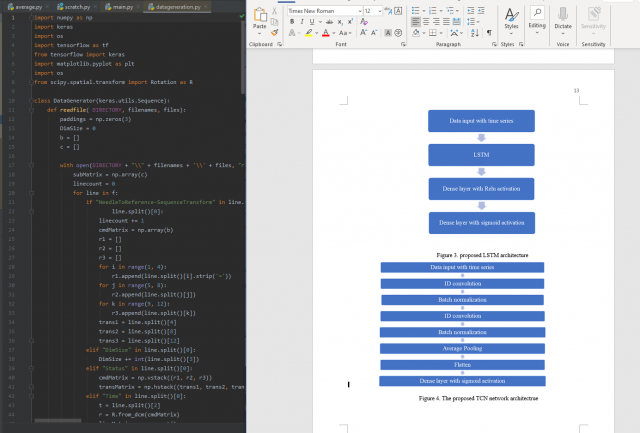Carleton University - School of Computer Science Honours Project
Fall 2019
Needle Insertion Skills Level Assessment by Neural Network

ABSTRACT
Abstract
Background and Objectives: Nowadays, the assessment of surgical skills level depends primarily on the observations of the expert surgeons. The problems with human observations are as follows: it is time-consuming, difficult to schedule, and it is not objective enough. Recent studies have shown that training deep neural networks with kinematic data collected from a mixture of different skills level provides skills assessment with a relative high accuracy at distinguishing between experts and novices. This project aims to design an automated needle insertion skills evaluation system specifically for ultrasound-guided needle insertions, to help solve the problem mentioned above.
Methods: Batches of data are fed into a temporal convolutional neural network (TCN) and a long short-term memory (LSTM) neural network for training the models. The data used are the pose (position and orientation) through time of the needle tip relative to the ultrasound image plane, the needle relative to the reference, the ultrasound probe relative to the reference, the ultrasound image relative to the reference, and the needle tip relative to the reference. A collection of both experts and novices performing in-plane and out-of-plane insertions are used. The accuracy of the method is evaluated using k-fold cross validation. The area under the curve is used as the main measure of the performance.
Results: The proposed TCN model reaches an overall area under the curve (AUC) of 0.89. An area under the curve (AUC) of 0.90 has been reported for the LSTM model. An overall area under the curve of 0.87, 0.85, 0.95 are reached when training on only the rotation, the translation and both as input.
Conclusion: This project gives evidence that automated needle insertion skills level assessment through neural networks is promising to return a high accuracy based on the results. This method could be extensively spread because it enables self-guided training and assessment.